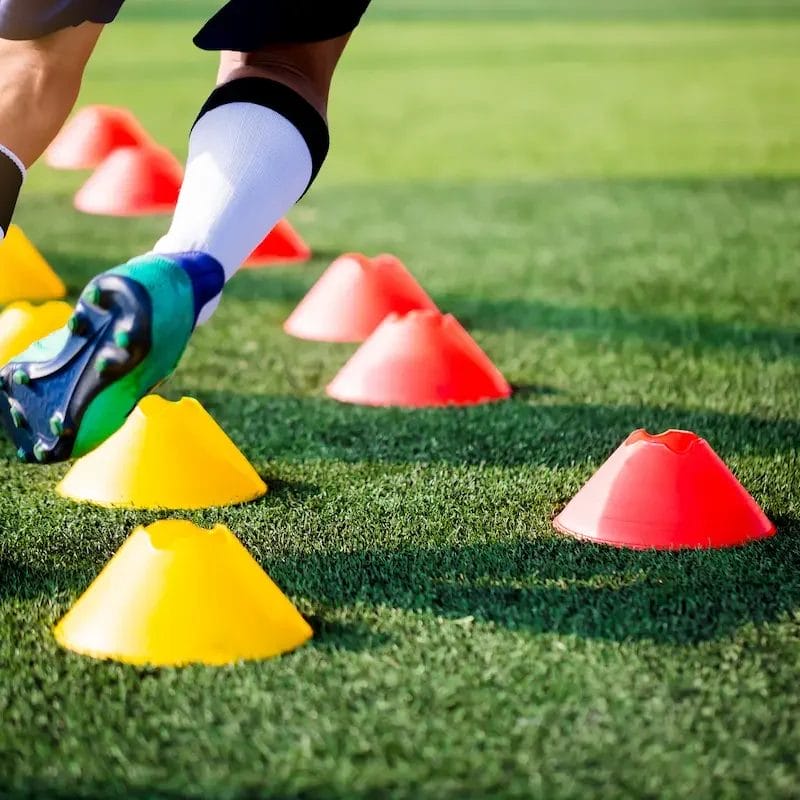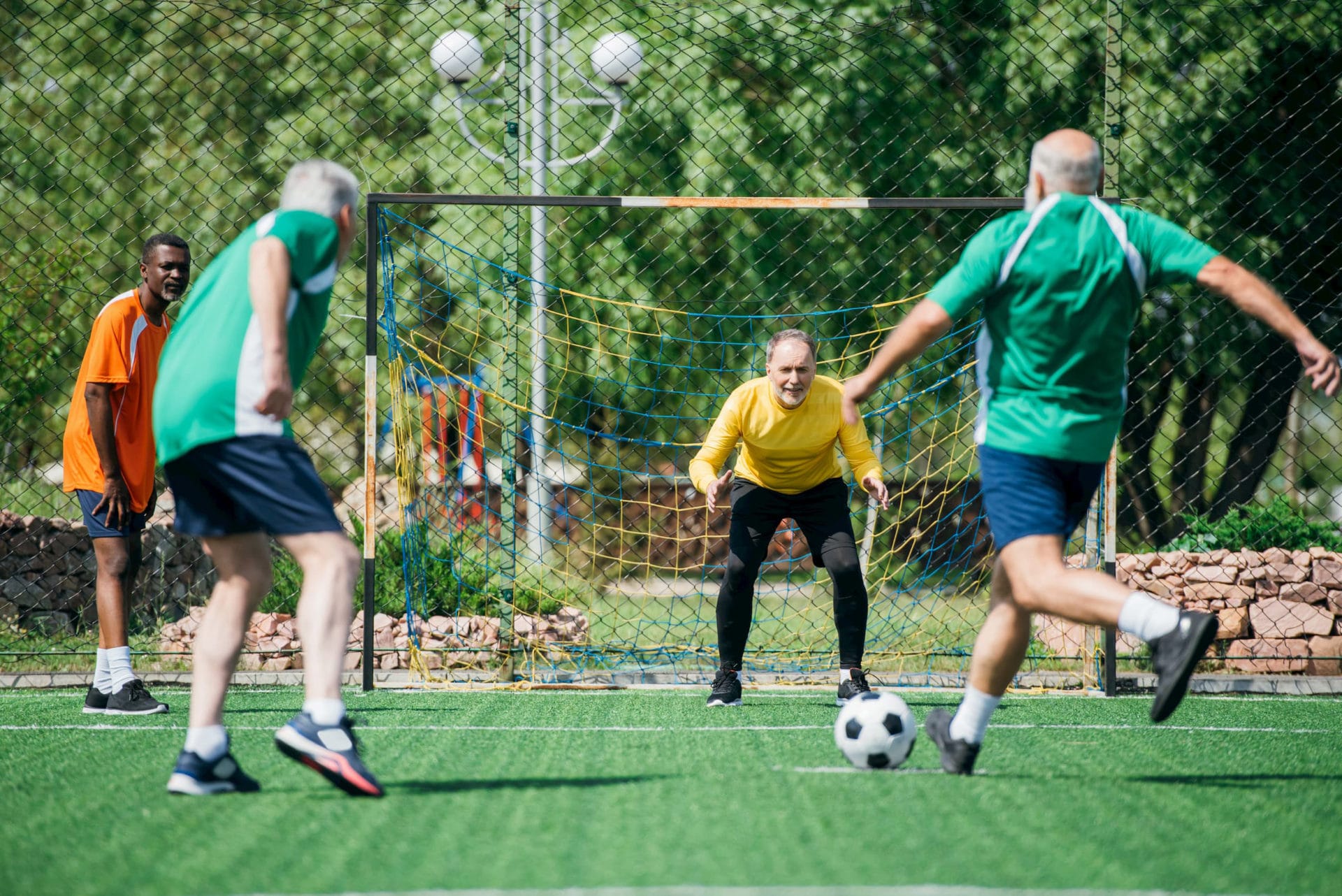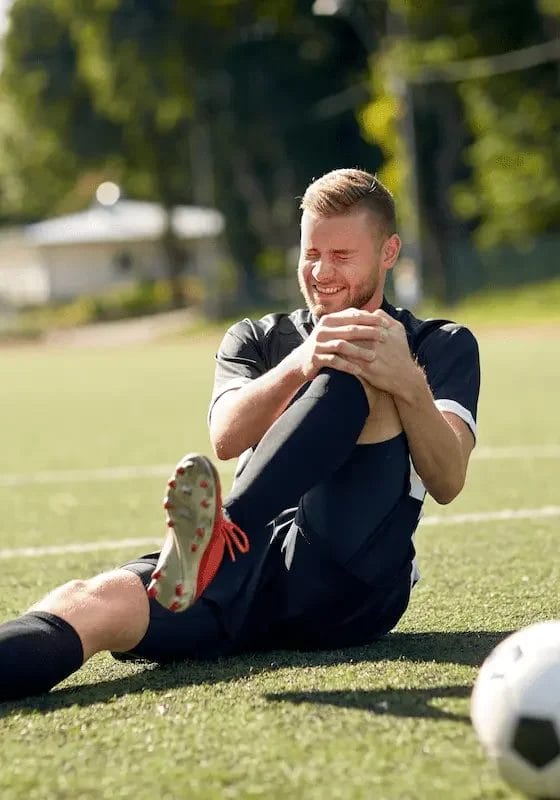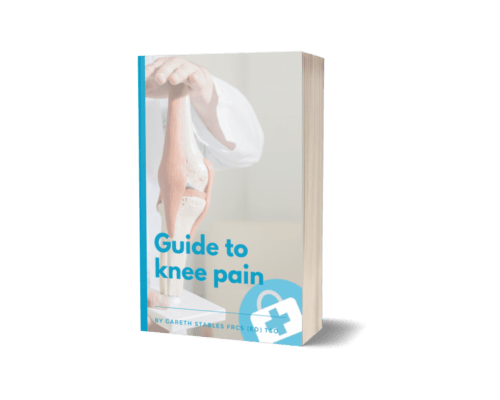Is Artificial Turf Safe? The Truth About ACL Injuries on Artificial Turf

Artificial turf pitches have gained popularity in various sports, offering improved durability and weather resistance compared to natural grass. However, concerns have been raised about the relationship between artificial turf and an increased risk of anterior cruciate ligament (ACL) injuries. In this blog post, I’ll delve into the scientific evidence surrounding the impact of 3G and 4G artificial turf pitches on ACL injury risk, shedding light on the facts to help athletes and sports enthusiasts make informed decisions.
The Mechanics of ACL Injuries
The ACL is a vital ligament that stabilizes the knee joint, and its injury can have significant implications for athletes. ACL injuries often occur during sudden deceleration, change of direction, or landing from a jump. These movements place immense stress on the knee joint, making it vulnerable to injury.
Understanding Artificial Turf Pitches
3G and 4G artificial turf pitches consist of synthetic fibres attached to a backing material, typically filled with a combination of sand and rubber particles. These surfaces aim to replicate the feel and performance of natural grass, offering consistent playing conditions.
Research on ACL Injury Risk
Several studies have examined the association between artificial turf pitches and ACL injury risk. While some early studies suggested a higher incidence of ACL injuries on artificial turf, more recent research provides a more nuanced perspective.
A study by Dragoo et al. (2012) found no significant difference in ACL injury rates between artificial turf and natural grass surfaces during American football games. This suggests that the risk of ACL injuries may not be solely attributed to the type of playing surface.
On the other hand, a systematic review by Alentorn-Geli et al. (2009) indicated a slightly elevated risk of ACL injuries on artificial turf among soccer players. However, the authors noted that other factors, such as footwear, weather conditions, and player characteristics, could also contribute to injury risk.
Surface-Specific Factors
Several factors related to artificial turf pitches may influence ACL injury risk:
Traction and Footwear: The traction and interaction between the playing surface and footwear can affect the forces experienced by the knee joint. The type of footwear, cleat design, and stud length may play a role in injury risk (Hewett et al., 2013).
Field Hardness: The hardness of the playing surface, which can vary among different artificial turf systems, may impact the forces transmitted to the knee during athletic manoeuvres (Meyers et al., 2018).

Mitigating ACL Injury Risk:
To minimize the risk of ACL injuries on any playing surface, athletes can focus on:
Injury Prevention Programs: Engaging in comprehensive injury prevention programs that include exercises targeting neuromuscular control, strength, and balance has been shown to reduce the risk of ACL injuries (LaBella et al., 2014).
Proper Technique and Landing Mechanics: Coaches and athletes should emphasise proper technique during movements involving deceleration, change of direction, and landing from jumps to reduce excessive stress on the knee joint.
Surface-Specific Factors and Footwear Impact:
Traction and Footwear
The choice of footwear can significantly impact the forces exerted on the knee joint and potentially influence ACL injury risk. Different types of footwear, such as blades, studs, or turf shoes, interact with the playing surface in unique ways.
Blades: Blade-style cleats provide excellent traction and stability, especially on artificial turf. The design features multiple small blades or protrusions that distribute the force evenly across the foot. This can help reduce the rotational stress on the knee during quick changes of direction.
Studs: Traditional stud cleats, with their longer and more prominent studs, are commonly used on natural grass surfaces. They offer optimal grip on softer ground but may exert more stress on the knee joint when used on firmer artificial turf. The longer studs may increase the risk of catching on the surface, potentially leading to sudden and uncontrolled movements.
Turf Shoes: Designed specifically for artificial turf, turf shoes have a flat rubber sole with small nubs or patterns. They provide adequate traction on the synthetic surface while allowing for quick movements. Turf shoes may be a suitable choice for athletes who frequently play on 3G or 4G artificial turf pitches.
Footwear Considerations
The choice of footwear should be based on the playing surface, weather conditions, and individual preferences. Factors to consider include:
Field Type: Select footwear appropriate for the specific playing surface. Blades or turf shoes are typically recommended for artificial turf, while traditional studs may be more suitable for natural grass.
Field Hardness: The hardness of the playing surface is also a crucial factor. On firmer artificial turf, footwear with shorter studs or blades may help reduce the risk of catching and excessive rotational forces.
Player Preferences: Athletes should choose footwear that provides comfort, stability, and support. Ensuring a proper fit, including appropriate width and arch support, can contribute to better foot control and reduced stress on the knee joint.
It is important to note that while footwear selection can influence ACL injury risk, it is just one of many factors involved. Proper technique, neuromuscular control, and overall physical conditioning are equally essential in mitigating the risk of ACL injuries.

Conclusion
When it comes to ACL injury risk, the choice of footwear is an important consideration, particularly on artificial turf pitches. Blades, studs, and turf shoes each have their own characteristics that can impact traction, stability, and rotational forces on the knee joint. Athletes should carefully assess the playing surface, field hardness, and individual preferences when selecting appropriate footwear.
However, it is crucial to recognize that footwear alone cannot eliminate the risk of ACL injuries. Proper training, injury prevention programs, and sound technique play integral roles in minimizing ACL injury risk. By combining these factors and staying informed about the latest research, athletes and coaches can make informed decisions to help protect the knee joint and enhance overall performance.


